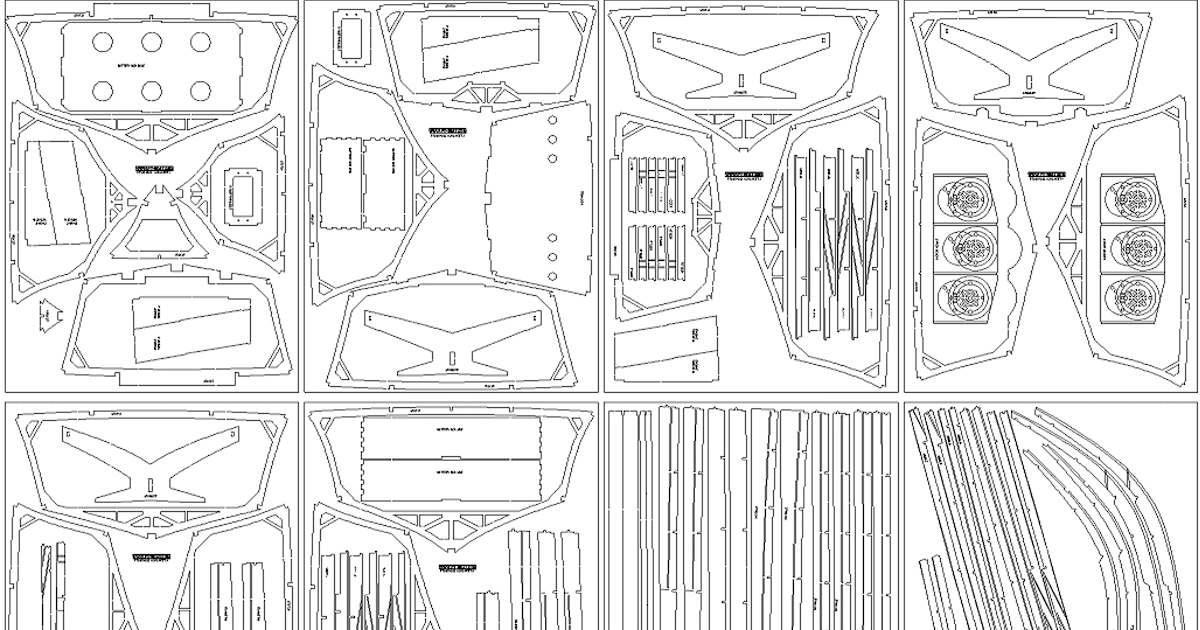Constructing a Wooden Boat for Novices Utilizing Freely Available Plans
Embarking on the construction of a wooden boat can appear daunting, particularly for beginners. However, with meticulous planning, readily accessible resources, and a commitment to careful execution, even novices can successfully build a functional and aesthetically pleasing vessel. This comprehensive guide outlines the process, leveraging freely available plans to minimize initial costs and guide the construction process. Remember that safety is paramount throughout this endeavor; appropriate safety equipment and a thorough understanding of woodworking techniques are essential prerequisites.
I. Selecting Suitable Plans and Materials
The foundation of any successful boat-building project rests upon selecting appropriate plans and acquiring high-quality materials. Numerous websites and online forums offer free boat plans catering to various skill levels and desired vessel sizes. It is crucial to choose a plan that aligns with your woodworking experience. Beginners should opt for simpler designs, such as small dinghies or rowboats, which often involve less complex joinery and construction techniques. Overly ambitious projects can lead to frustration and potentially compromised structural integrity.
A. Evaluating Boat Plans
When reviewing free boat plans, carefully consider the following aspects:
- Detailed Drawings and Specifications: The plans must provide comprehensive drawings, including dimensions, angles, and material specifications. Ambiguous or incomplete plans should be avoided.
- Bill of Materials: A precise bill of materials is crucial for accurate budgeting and material procurement. It should specify the type, quantity, and dimensions of each component.
- Construction Techniques: The plans should clearly outline the construction techniques employed, including joint types, fastening methods, and finishing procedures. Detailed explanations and diagrams are highly beneficial for beginners.
- Skill Level Requirements: Accurately assess your woodworking skills and select plans accordingly. Begin with simpler designs before tackling more complex projects.
- Reviews and Testimonials: If possible, seek out reviews or testimonials from individuals who have previously constructed the boat using the same plans. This can provide valuable insights into the plan's clarity, accuracy, and overall feasibility.
B. Sourcing Materials
The quality of your materials directly impacts the durability and longevity of your boat. While free plans can save on design costs, compromising on material quality is ill-advised. Prioritize the following:
- Marine-Grade Plywood: Opt for exterior-grade marine plywood, which is specifically designed to withstand prolonged exposure to moisture and harsh environmental conditions. This is crucial for the boat's longevity and structural integrity.
- High-Quality Lumber: If the plans specify solid lumber, select appropriately graded wood resistant to rot and decay. Cedar, mahogany, and oak are popular choices for boat building due to their strength and water resistance.
- Fasteners: Utilize stainless steel or bronze fasteners to prevent rust and corrosion. The correct size and type of fasteners are critical for ensuring strong and secure joints.
- Epoxy Resin and Fiberglass Cloth: Epoxy resin is essential for sealing the wood and providing additional strength and water resistance. Fiberglass cloth reinforces the hull and enhances durability.
II. Preparing the Workspace and Tools
A well-organized and adequately equipped workspace is paramount for efficient and safe boat construction. Adequate space, proper lighting, and appropriate ventilation are essential. Prior to commencing construction, assemble all necessary tools and materials.
A. Workspace Requirements
The workspace should be large enough to accommodate the boat's dimensions at various stages of construction. Ensure the floor is level and provides ample support for the weight of the boat and materials. Good lighting is critical for precise work, and proper ventilation is necessary to dissipate fumes from adhesives and finishes.
B. Essential Tools
A comprehensive set of tools is crucial for successful boat building. While specific requirements vary based on the chosen plans, the following tools are generally essential:
- Measuring and Marking Tools: Measuring tapes, squares, rulers, pencils, and marking gauges.
- Cutting Tools: Hand saws, circular saws, jigsaws, and possibly a table saw for larger projects.
- Drilling and Fastening Tools: Drills, drill bits, screwdrivers, clamps, and appropriate fasteners.
- Woodworking Hand Tools: Chisels, planes, rasps, and sandpaper for shaping and smoothing surfaces.
- Safety Equipment: Safety glasses, dust mask, ear protection, and work gloves.
III. Construction Process
The exact construction process will vary depending on the chosen plans. However, most wooden boat projects follow a similar sequence of steps:
A. Layout and Cutting
Begin by carefully laying out the boat's components on the plywood or lumber according to the plans. Accurately cut the pieces using the appropriate tools, ensuring precision to maintain the boat's structural integrity. Accurate cuts are fundamental to a successful build.
B. Assembly
Assemble the boat's components according to the plan's instructions. This often involves joining various pieces using techniques such as butt joints, rabbet joints, or scarf joints. Secure the joints using appropriate fasteners and adhesives, ensuring that all connections are strong and watertight.
C. Fairing and Finishing
Once the boat's structure is complete, carefully fair the hull to create a smooth and even surface. This involves sanding and shaping the hull to remove any irregularities. Apply several coats of marine-grade varnish or paint to protect the wood from moisture and UV damage. This finishing step is crucial for the boat's longevity and aesthetic appeal.
D. Testing and Refinement
Before launching the boat, conduct a thorough inspection to identify and address any potential issues. Test the boat in a calm body of water to ensure its stability and seaworthiness. Make necessary adjustments based on the test results.
IV. Conclusion
Constructing a wooden boat from free plans is a challenging yet rewarding experience. Through meticulous planning, careful execution, and a commitment to quality materials, beginners can successfully build a functional and beautiful vessel. Remember to prioritize safety throughout the process and consult additional resources as needed. With patience, persistence, and a respect for the craft, you can enjoy the immense satisfaction of creating a boat with your own hands.






















